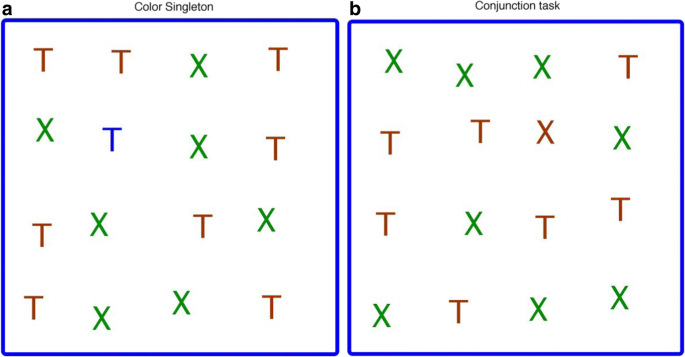
Specialties: Moscow Tattoo Company features some the greatest tattoo artists in the northwest, including: Cameron Price (a WSU Alumni - Go Cougs), Hannah Quaglietta, Ian Ripley, and Laura Matzick. Niko Carter, our piercer, also does stellar work. We love our North Idaho (and nearly Eastern Washington) community. Were thrilled to meet the tattoo and piercing needs of Moscow, Pullman, and the. Moscow Export Center is a «one-stop shop» for our international partners and a useful resource in the search for responsible and reliable partners, and high quality goods and services from Moscow.View 0 Foreclosed Homes For Sale & Foreclosure Listings in Moscow, CO. RealtyStore.com offers the largest database of Foreclosures & Foreclosed Homes For Sale listings.
Supported by ambitious and dynamic consultants and researchers, the partners offer a range of services to clients in Russia. Lookup Ip Location Use Whatmyip.co Online Database. 109.72.74.160 IP Location is Moscow Russia. 109.72.74.160 Owner - Zao Investpribor, Zao Investpribor, Verhniye. Moscow today is an ideal launch pad for SME internationalization.
First, key stakeholders and the product team need to get aligned on objectives and prioritization factors. How Does MoSCoW Prioritization Work?Before running a MoSCoW analysis, a few things need to happen. But because MoSCoW can prioritize tasks within any time-boxed project, teams have adapted the method for a broad range of uses. He designed the framework to help his team prioritize tasks during development work on product releases.You can find a detailed account of using MoSCoW prioritization in the Dynamic System Development Method (DSDM) handbook. Some companies also use the “W” in MoSCoW to mean “wish.”What is the History of the MoSCoW Method?Software development expert Dai Clegg created the MoSCoW method while working at Oracle. MoSCoW prioritization, also known as the MoSCoW method or MoSCoW analysis, is a popular prioritization technique for managing requirements.The acronym MoSCoW represents four categories of initiatives: must-have, should-have, could-have, and won’t-have, or will not have right now.
Moscow Company Tsearch How To Resolve Disputes
If you’re unsure about whether something belongs in this category, ask yourself the following.If the product won’t work without an initiative, or the release becomes useless without it, the initiative is most likely a “must-have.” 2. For example, if you’re releasing a healthcare application, a must-have initiative may be security functionalities that help maintain compliance.The “must-have” category requires the team to complete a mandatory task. They represent non-negotiable needs for the project, product, or release in question. But, first, let’s further break down each category in the MoSCoW method.As the name suggests, this category consists of initiatives that are “musts” for your team. If you can establish how to resolve disputes before they come up, you can help prevent those disagreements from holding up progress.Finally, you’ll also want to reach a consensus on what percentage of resources you’d like to allocate to each category.With the groundwork complete, you may begin determining which category is most appropriate for each initiative.
For example, performance improvements, minor bug fixes, or new functionality may be “should-have” initiatives. However, the initiatives may add significant value.“Should-have” initiatives are different from “must-have” initiatives in that they can get scheduled for a future release without impacting the current one. If left out, the product or project still functions. They are essential to the product, project, or release, but they are not vital.
However, compared with “should-have” initiatives, they have a much smaller impact on the outcome if left out.So, initiatives placed in the “could-have” category are often the first to be deprioritized if a project in the “should-have” or “must-have” category ends up larger than expected. “Could-have” initiatives are not necessary to the core function of the product. Could-have initiativesAnother way of describing “could-have” initiatives is nice-to-haves.
Some teams decide to differentiate between those by creating a subcategory within this group. If initiatives are in this category, the team knows they are not a priority for this specific time frame.Some initiatives in the “will-not-have” group will be prioritized in the future, while others are not likely to happen. The category can manage expectations about what the team will not include in a specific release (or another timeframe you’re prioritizing).Placing initiatives in the “will-not-have” category is one way to help prevent scope creep.

Your team will need to bring this methodology to your analysis. An inconsistent scoring process can lead to tasks placed in the wrong categories.One common criticism against MoSCoW is that it does not include an objective methodology for ranking initiatives against each other. What Are the Drawbacks of MoSCoW Prioritization?Although many product and development teams have prioritized MoSCoW, the approach has potential pitfalls. In this case, the team can use MoSCoW to determine which aspects of their desired release represent must-haves and temporarily backlog everything else.
They discuss an initiative, agree that it is a “should have,” and move on to the next.But your team will also need an objective and consistent framework for ranking all initiatives. Team bias for (or against) initiatives can undermine MoSCoW’s effectiveness.Because MoSCoW does not include an objective scoring method, your team members can fall victim to their own opinions about certain initiatives.One risk of using MoSCoW prioritization is that a team can mistakenly think MoSCoW itself represents an objective way of measuring the items on their list. Not including all relevant stakeholders can lead to items placed in the wrong categories.To know which of your team’s initiatives represent must-haves for your product and which are merely should-haves, you will need as much context as possible.For example, you might need someone from your sales team to let you know how important (or unimportant) prospective buyers view a proposed new feature.One pitfall of the MoSCoW method is that you could make poor decisions about where to slot each initiative unless your team receives input from all relevant stakeholders. You can use the weighted scoring approach in ProductPlan’s roadmap app.
Therefore, you can ensure you’re delivering a good variety of initiatives in each release. You can capture a broader perspective by involving participants from various functional departments.Another reason you may want to use MoSCoW prioritization is it allows your team to determine how much effort goes into each category. When Do You Use the MoSCoW Method for Prioritization?MoSCoW prioritization is effective for teams that want to include representatives from the whole organization in their process.

Share your MoSCoW process across your organization.MoSCoW gives your team a tangible way to show your organization prioritizing initiatives for your products or projects.The method can help you build company-wide consensus for your work, or at least help you show stakeholders why you made the decisions you did.Communicating your team’s prioritization strategy also helps you set expectations across the business.


 0 kommentar(er)
0 kommentar(er)
